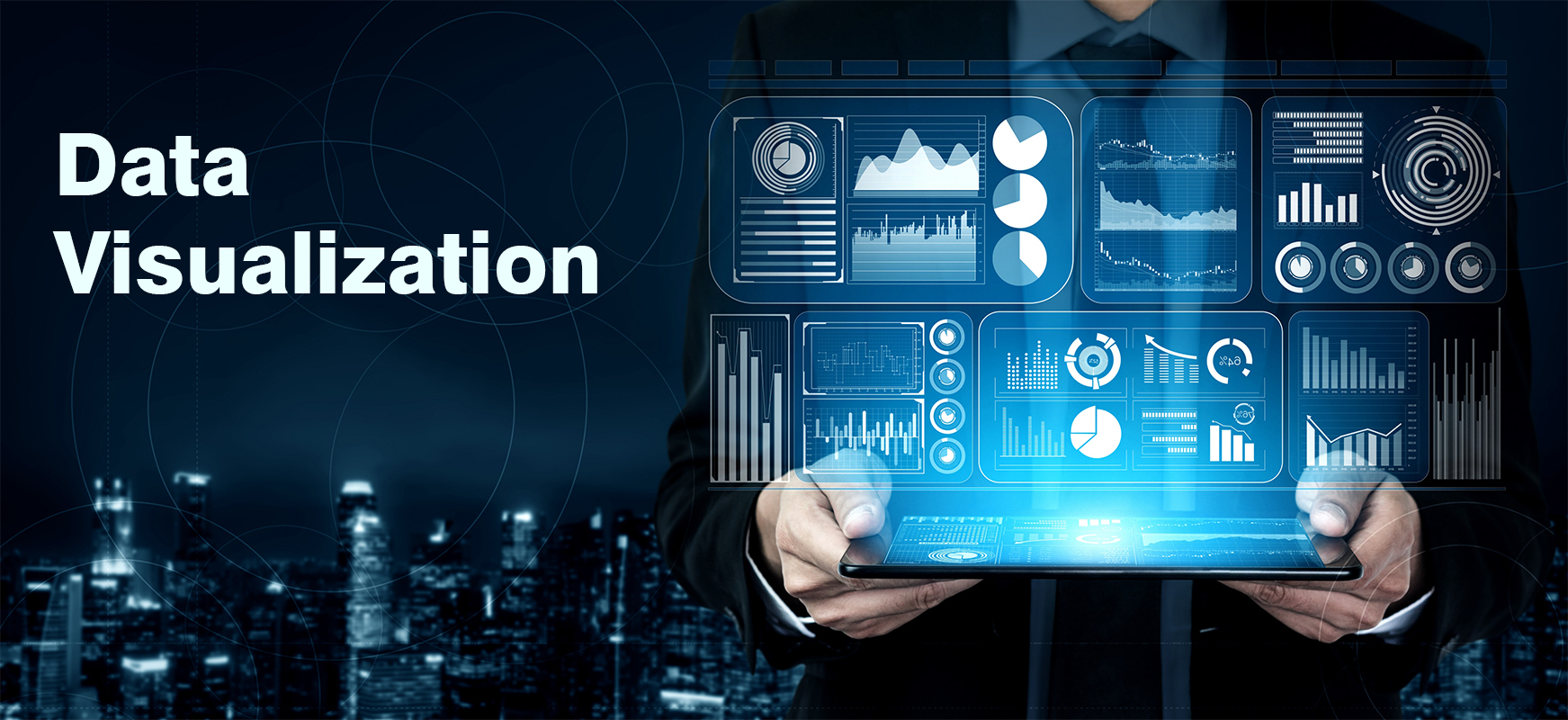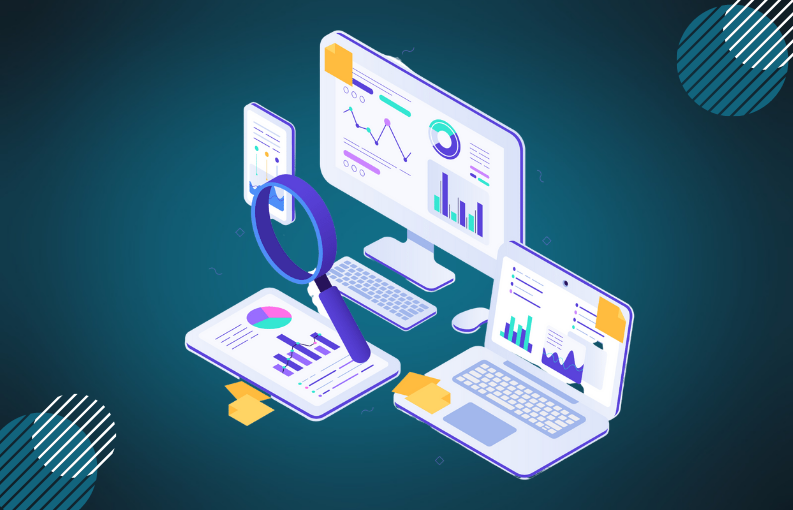
What is Data Visualization?
Date12 Aug 2022
An organization would need to keep track of a lot of data to keep their business running successfully. Data visualization allows combining and representing a range of data on a single dashboard using pictures, graphs, charts, maps, etc…This not only helps break down complex information into small and easy-to-understand data but also red flags the issues to take care of the issues without further delay.
Types of Data Visualization
Maps were probably the first form of Data Visualization used back in the pre-17th century to navigate. Since then, data visualization has been put into use in different areas including health and economic disciplines. There are many types of data visualization; we have put together the 7 most commonly used data visualization types;
- Pie charts and bar charts – These graphs enable the comparison of data in a much easier way. They allow the use of contrasting colors to indicate information; this makes data easy to view and interpret.
- Tables – The use of rows and columns have always been the most preferred method to display data. Tables allow you to display a lot of data in the most organized manner.
- Line Charts and Area Charts – When you want to compare values over a period of time, then line charts and area charts can be used. Line graphs help demonstrate changes in a value by connecting data points with lines. Whereas, area charts stack data one over the other and differentiate the values using color fills.
- Scatter Plots – These graphs are mostly used to analyze the correlation between variables. The data is captured in the form of dots where 2 values intersect.
- Heat Maps – It is used best when we need to record behavioral data based on location. Data is differentiated using colors.
- Histograms – They are similar to bar charts and are best used to record data for a specific frequency or range. Bar charts can be recorded vertically as well as horizontally, but Histograms can only be demonstrated horizontally.
- Tree Maps – If you want to record value for a range of different metrics that fall below the same category, then a tree map (also known as a tree chart) can be used. Hierarchical data is represented within nested rectangular structures.



